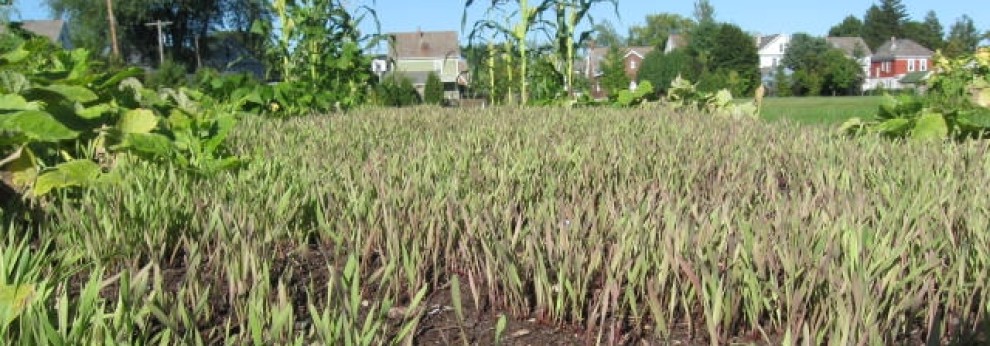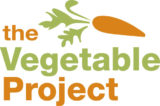We are conducting a controlled experiment, of a sort, in a couple of high school science classes. We are seeking to determine whether we can capture the attention of seriously disaffected living environment students by significantly altering the their classroom experience. And to the extent that we can, we are seeking to determine whether teachers who are at their wit’s end will see the same progress with students that we see.
The context, which we see discouragingly often, are classes with many, many, students who show just about no interest in being there, who either passively withdraw from the classroom action or who actively disrupt classroom proceedings day after day after day. We are working in a school where just 44 percent of students scored 65 or better (https://data.nysed.gov/reportcard.php?instid=800000055743&year=2016&createreport=1®ents=1) on the New York state living environment Regents exam in the 2015-16 school year. And we are working with teachers who close to pulling their hair out in frustration.
Here is how we are altering the classroom experience:
- We are getting classes outside. Compelling research suggests that contact with nature can stimulate the senses and help sooth stress at the same time, which might do a world of good for students who live hard lives.
- We are building extensive tactile experience into lessons we are proposing to teachers to engender real active participation. We use plants. We create opportunities to test, experiment, measure and observe around handling seeds, soil, live plants, decomposing plant material and patches of schoolyard.
- We are offering students ownership of their work. We give every single student his or her own space outdoors and his or her own containers or plants indoors along with responsibility to care for their own work space or materials. And we give students choices in materials to use and avenues to pursue.
- We are focusing on a small number of foundational concepts and skills and then stagger work around them over a couple of weeks. This gives students a chance to try and struggle recover and it gives students a chance to learn relevant terms by using them, rather than copying definitions from one piece of paper to another.
- We are bringing in volunteers to give students more personal attention than they usually get. We recognize the challenge in sustaining of scaling the application of this resource. But we think we will enrich our understanding of how to draw reluctant students to the table.
We cooked up plans that involve spending a few class periods with living environment classes in the fall, then the winter and finally in the spring. And we recruited teachers to test all of this out with two classes. Right now, we’re leading students through conducting controlled experiments of their own by varying treatments of seeds they are starting in small containers under grow lights – for example, different fertilization regimes or different amounts of light.
The protocols we’re teaching students include formulating a hypothesis. Ours is something like this: Many students who are disengaged from academic work will begin to participate in their education if we apply the measures just described and hold them accountable for their work.
So far, we see some positive glimmers. We see students engaging a few minutes at a time in our work, watering their seedlings, for example, without being reminded. We see some specific students who matter engaging in other work with our host teachers. And teachers, identifying individual students who matter by name, are telling us they see more interest than they expected.
–Bill Stoneman




